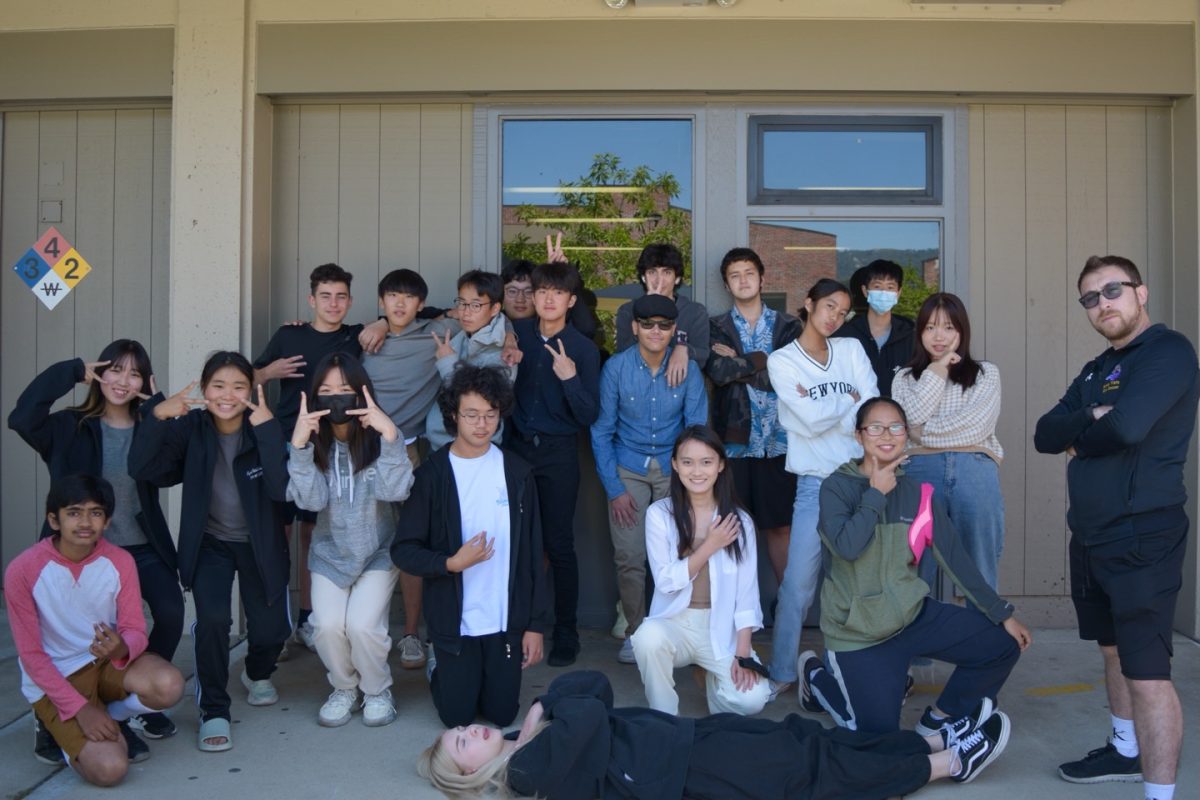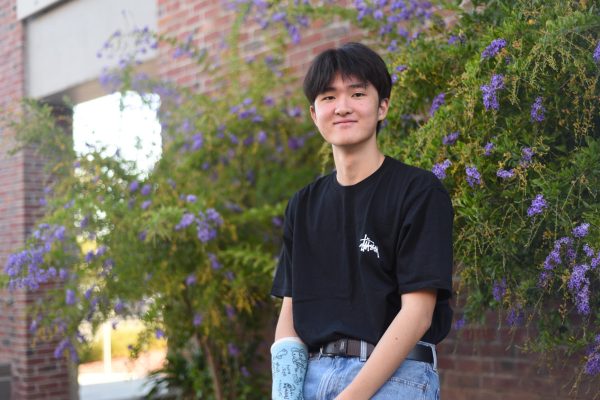I expected a culture shock when I initially arrived in America. What I wasn’t expecting were the stigmas that came with immigrant life: “Wealthy immigrant students.” “Came to America for party culture.” These words stuck, not so much because they were true, but because they were loud, and I lacked a voice with which to argue.
No one in my family had ever relocated previously. English was new, frightening and everywhere around me. My mother struggled in supermarkets while my brother and I struggled at school socially and academically. We didn’t know how to ask for help or even who to ask. Everything from filling out forms to understanding announcements was an additional task to us. Each day felt like a battle to simply keep up, and a sense of isolation grew with every misunderstanding.
I missed my hometown so dearly, the busyness of Seoul, having the same classmates for all seven periods, and the Korean cafeteria lunch. Scrolling through social media, I would always see old friends in Korea enjoying their school life with friends, spending time together after school and being surrounded by a language I was confident to speak.
Confusion about my reason for coming to America made me question, “Why did I even come here?” Out of loneliness, I started finding solace in hanging out with other Korean students. We ate Korean food, spoke Korean and were comfortable with each other. But as time passed, I realized my English was not improving, and neither was my sense of belonging. I had built a bubble around myself that I didn’t even know I was stuck in.
When I came to Cupertino to attend high school, I had to take a test called the English Language Proficiency Assessments for California, which places foreign students in English Language Development classes from levels one to three. MVHS only offers ELD classes from levels 2 to 3. If you received a Level 1 score on your test, you had to attend Homestead High School, regardless of where you lived. My parents wanted me to go to Monta Vista, so I felt a lot of pressure to do well in school and be good at English, even though it might have been my first attempt at the ELPAC
Coming from a completely different country where English wasn’t spoken, I found it confusing and frustrating that I had to take the ELPAC just to be placed into the right high school level, especially when the system seemed to expect that I should already know English. Overcoming this challenge required investing individual time and effort by attending an English Academy outside of school. It felt unfair that as a foreigner, I had to prove my ability in the language I was still learning, just to access the same educational opportunities as others.
I made a decision to step outside the protective bubble I had built around myself and confront American society head-on. After getting into MVHS, I had to aim towards escaping the sheltered English classes and transitioning into mainstream classes. I came to America during the second semester of my freshman year, so I had to rush to catch up within native students’ curriculum.
Due to my lack of fluency in English, I had to take courses that included subjects I already learned years ago in Korea, especially STEM courses. It was frustrating to relearn content I had already mastered, but I understood that language, not knowledge, was the barrier. Still, the repetition felt like a setback, and I often wondered how long it would take before I could truly move forward with my education. I knew I had the ability, but I had to first prove that I could express it in a language that still felt foreign.
A senior at my school, who was an officer of the Global Friendship Club (ELL Club), became a guiding light. She introduced me to her friends, encouraging me to also join school clubs and take part in volunteer work. With her support, I realized something important: not all doors were immovable. Sometimes, all it takes is someone to hand you the key to open them.
However, the transition from ELD to mainstream courses was anything but easy. For ELL students like me, entering a new academic environment means juggling two challenges; learning to succeed in a foreign classroom while also trying to build meaningful relationships with peers.
For most ELL students without a unique mentor like mine, joining clubs and taking on leadership roles can feel nearly impossible. It’s too late to start a new club, and it’s also difficult to get elected since other students have already been active in the club.
This column is not about me. I was lucky — someone intervened and helped me. But what about the other ELL students who sit silently in classrooms, laugh when others laugh and pretend to understand when they don’t? What about the children who eat lunch alone or with only students from their home country because that is their only refuge?
Now, I try to be the same helping hand that was given to me by the senior. I’m working as a Korean translator for Fremont Union High School District, I serve as vice president of Global Friendship Club and I volunteer for immigrant Korean students.
I know there are still ELL students sitting quietly, unsure how to step forward, afraid of saying the wrong thing. I know what it feels like to laugh along without understanding, or to wonder if you really belong here. And I know that sometimes, all it takes is one person to show you there’s more beyond the door.










